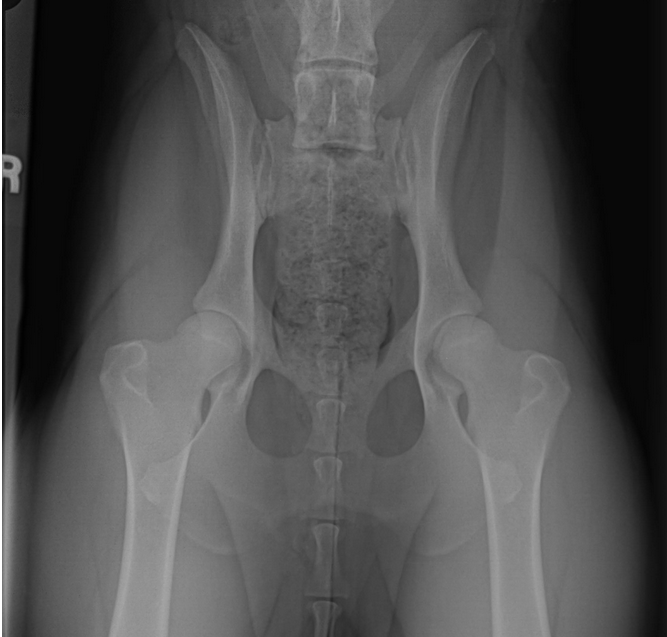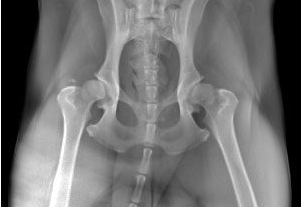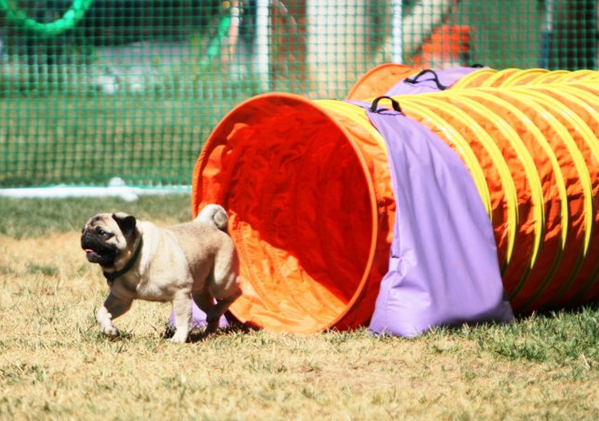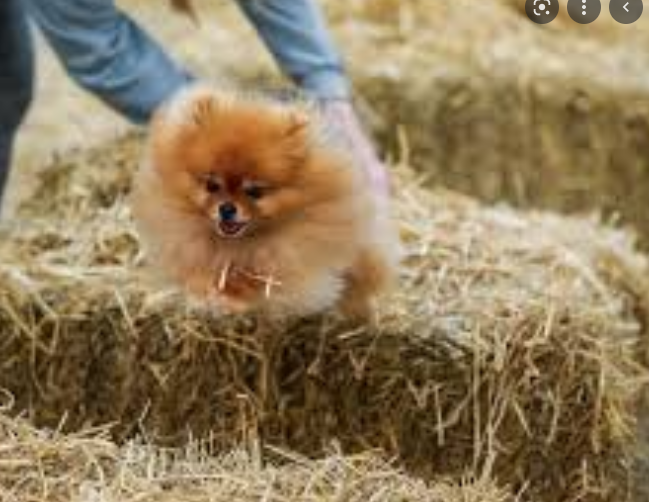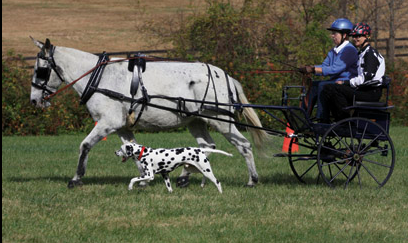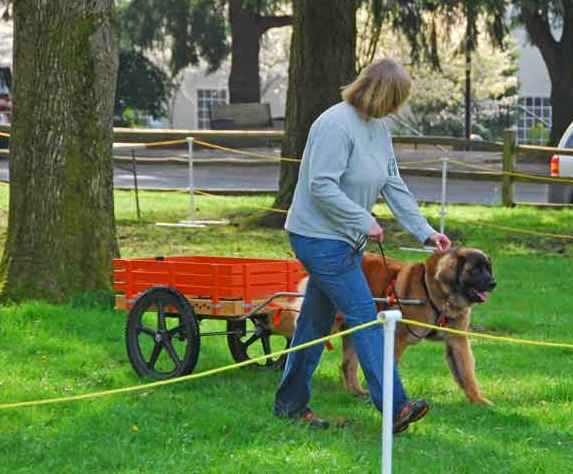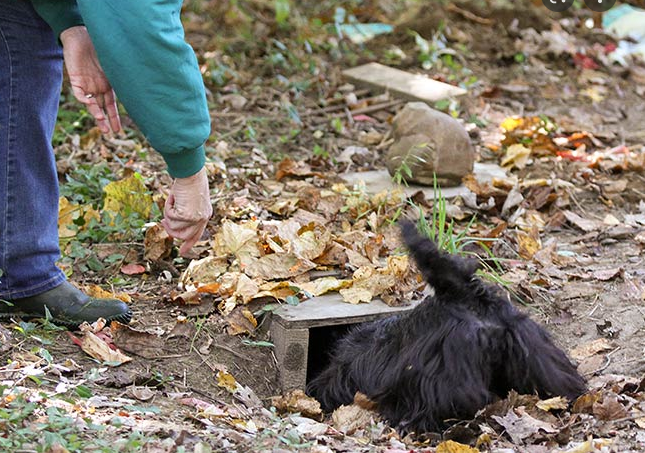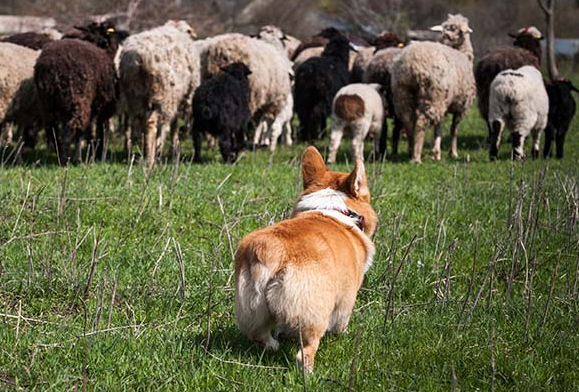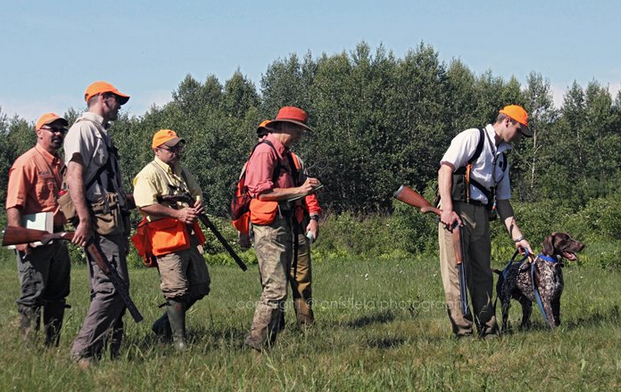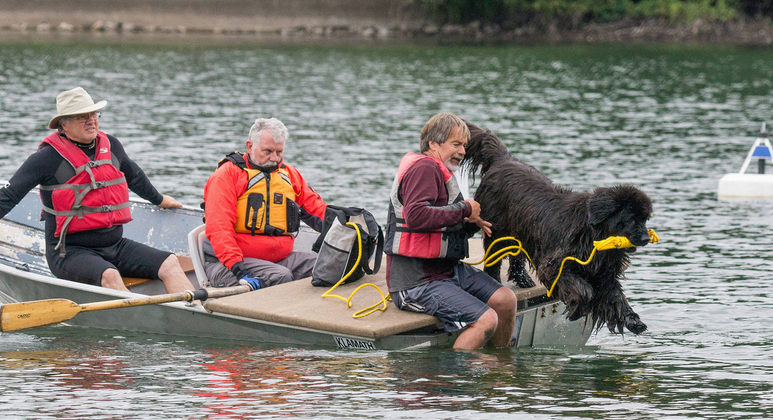Last updated on May 4, 2022
I realized that in a lot of my writing I talk about “responsible and ethical breeders” but have never explained what that means. I decided to remedy that.
A reputable breeder is one who ensures the sire and dam are both tested before a litter is bred. These tests include a raft of health tests, performance testing, and conformation testing.
Health Testing
These heath tests are extensive and not cheap. They are far more than just going to the vet for the yearly exam and the vet says “They look fine.”
Health testing may include any or all of the following:
HIP X-RAYS
These are specific xrays taken by a vet who knows how to do them. The xrays are then sent off to be evaluated and rated by the OFA as free of hip dysplasia. They will come back with a “Excellent,” “Good,” “Fair,” Borderline”, “Mild”, “Moderate” or “Severe” rating. Dogs should have “Good” or better ratings before being bred. (A “Fair” might be used, but the breeder must be very experienced to understand how to improve it. )
By using this type of screening many breeders have virtually eliminated hip dysplasia from their programs. That doesn’t mean it doesn’t exist in the breed, but that it means it is rare or non-existent in the lines that have been testing for it and tailoring their programs accordingly.
Because the OFA for hips can’t be done til the dog is 2 years of age or older, there is often terribly heartbreak for breeders who have an outstanding young pup that, at the age of 2, turns out to have Mild or worse hips. Entire breeding programs have been set back years by this type of result.
Left picture: OFA Excellent
Right Picture: OFA Severe
HEART EXAM (ECG and sonogram)
This will be done by a certified canine cardiologist, then sent to the OFA for certification for evaluation and certification. These exams are to identify such problems as cardiomyopathy and heart murmurs.
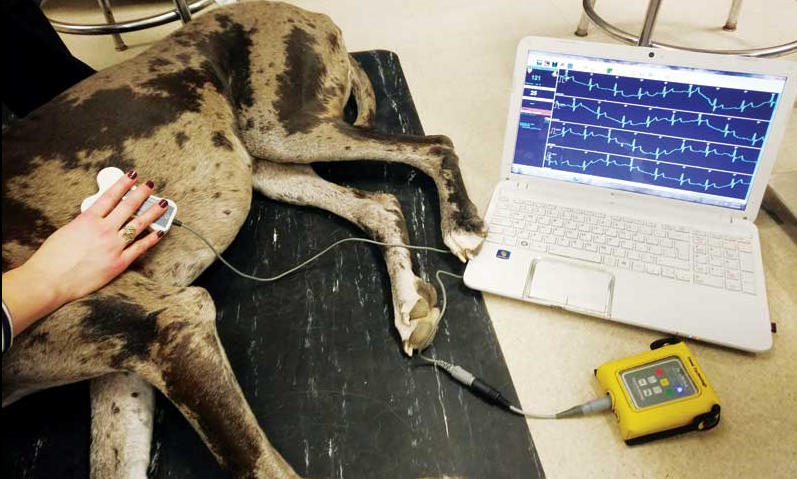
EYE EXAMS
These are done by a certified canine ophthalmologist including dilation and slit lens exam, results then sent to the OFA for certification of clear for all inherited eye defects such as Juvenile cataracts, glaucoma, progressive retinal atrophy, and others. (Must be done yearly to maintain clearance rating.)
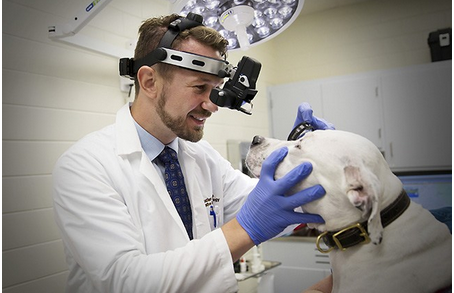
BLOOD TESTS
These are specific tests not usually done in the vet’s office but sent out for analysis. They are done to rule out Von Willebrands and other bleeding disorders, thyroid deficiency and other health issues.
And those are just the general tests. There are many other tests that are recommended for specific breeds.
Conformation and Performance Testing
An ethical breeder will compete in events that will show the animal is of the correct breed type and other events that show the animal has the correct instincts for the breed or are biddable and trainable. This may include
Conformation showing
Did you ever watch Westminster and wonder what those judges are looking at when the dogs are trotted around the ring? Well it’s way more than how perfect they stand or how well groomed they are.
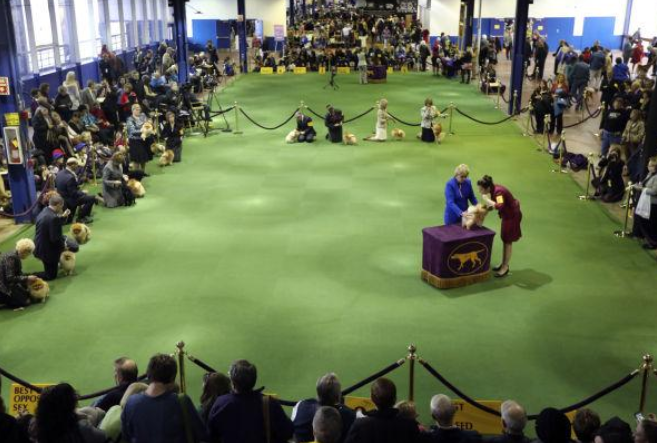
Every breed has a “Standard of Excellence.” This is a written explanation of what a perfect example of the breed should look like. It dictates everything from ear and muzzle length to body proportions and angles to coat and grooming. It also dictates those things that would be a fault for the breed.
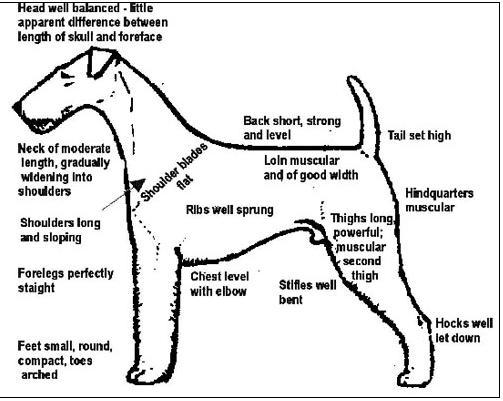
Every judge knows and has been thoroughly tested on these standards before they can be certified to judge. They then look at the dogs that are presented to them and compare them to the verbal picture of perfection.
But the big test comes when the dogs move. This is when the dogs are trotted around the ring. The Standard for each breed with specify how the dog should move. The following is an old AKC instructional video that clearly explains what judges are actually looking for when a dog is trotted around the ring for them. Please watch it! It’s SO educational!!
Performance Testing
Along with proper physical conformation, the potential sire and dam should also be able to do what they were bred for. For that breeders participate in what are called “performance” events.
There are as many as there are types of dog breeds. There are hunt tests and field trials for hunting breeds, carting trials for the carting breeds, herding trials for the herding dogs, earth dog trials for terriers and barn hunts for all breeds that are “vermin hunters”. There are even specific events such as coaching trials for Dalmatians and water trials for water rescue dogs (Newfoundlands) etc etc.
There are hundreds of events going on every weekend around the country where breeders can test their animals abilities to ensure they can do what they are supposed to do.
And for those breeds that do not have a specific job or are primarily companion breeds there are agility events (yes even for the smallest breeds!) nose work (All dogs have noses that work), obedience, rally, and a score of other events that can test and show a breeds biddability and companion capabilities.
What is an ethical breeder?
In short, an ethical, responsible breeder will be doing everything they can to ensure the improvement of the breed with every litter they produce. They will not be breeding animals that might pass on health problems, or don’t look or act like the breed is supposed to. When asked they can tell you why they bred the litter. Why they chose the sire or the dam. What things there are in the pedigree they are watching out for and what they are doing to offset them.
Contrary to what the animal rights groups would have you believe, ethical and responsible purebred dog people love their dogs. They live in our houses, sleep in our beds, play with our children and keep us company. They are NOT a commodity, they are our best friends and family members.
Pat Trotter said it best when she judged Best in Show at Westminster a few years back. “Not all pets are show dogs but all show dogs are pets.”
In Part Two, I will talk about how to identify a responsible breeder and where to find responsible and ethical breeders.
